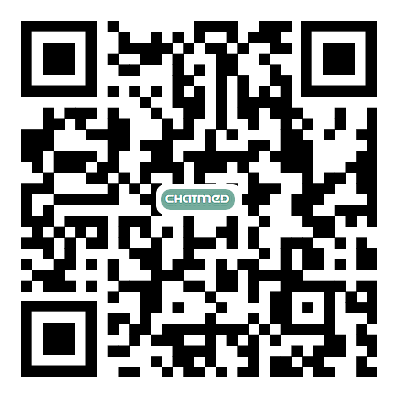REFERENCES
1. O'Cathain A, Thomas KJ, Drabble SJ, Rudolph A, Hewison J. What can qualitative research do for randomised controlled trials? A systematic mapping review. BMJ Open 2013;3:e002889.
3. White E, Armstrong BK, Saracci R. Principles of Exposure Measurement in Epidemiology: Collecting, Evaluating, and Improving Measures of Disease Risk Factors (2nd edn). Available from: https://academic.oup.com/book/6327 [Last accessed on 20 Jun 2023].
4. Roberts LM, Wilson S, Roalfe A, Bridge P. A randomised controlled trial to determine the effect on response of including a lottery incentive in health surveys [ISRCTN32203485]. BMC Health Serv Res 2004;4:30.
5. Edwards PJ, Roberts I, Clarke MJ, et al. Methods to increase response to postal and electronic questionnaires. Cochrane Database Syst Rev 2009;2009:MR000008.
6. Dillman DA, Smyth JD, Christian LM. Internet, phone, mail, and mixed-mode surveys: the tailored design method. 4th ed. New York: John Wiley & Sons, Incorporated; 2014. Available from: https://www.wiley.com/en-fr/Internet,+Phone,+Mail,+and+Mixed+Mode+Surveys:+The+Tailored+Design+Method,+4th+Edition-p-9781118456149 [Last accessed on 29 Jun 2023]
7. David MC, Ware RS. Meta-analysis of randomized controlled trials supports the use of incentives for inducing response to electronic health surveys. J Clin Epidemiol 2014;67:1210-21.
8. Gibson PJ, Koepsell TD, Diehr P, Hale C. Increasing response rates for mailed surveys of Medicaid clients and other low-income populations. Am J Epidemiol 1999;149:1057-62.
9. van Gelder MMHJ, Vlenterie R, IntHout J, Engelen LJLPG, Vrieling A, van de Belt TH. Most response-inducing strategies do not increase participation in observational studies: a systematic review and meta-analysis. J Clin Epidemiol 2018;99:1-13.
10. Arora K, Cheyney M, Gerr F, Bhagianadh D, Gibbs J, Anthony TR. Assessing health and safety concerns and psychological stressors among agricultural workers in the U.S. Midwest. J Agric Saf Health 2020;26:45-58.
11. Falk D, Tooze JA, Winkfield KM, et al. A comparison of survey incentive methods to recruit rural cancer survivors into cancer care delivery research studies. Cancer Causes Control 2022;33:1381-6.
12. Beydoun H, Saftlas AF, Harland K, Triche E. Combining conditional and unconditional recruitment incentives could facilitate telephone tracing in surveys of postpartum women. J Clin Epidemiol 2006;59:732-8.
13. Parkes R, Kreiger N, James B, Johnson KC. Effects on subject response of information brochures and small cash incentives in a mail-based case-control study. Ann Epidemiol 2000;10:117-24.
14. Blomberg J, Sandell R. Does a material incentive affect response on a psychotherapy follow-up questionnaire? Psychother Res 1996;6:155-63.
15. Winer RL, Tiro JA, Miglioretti DL, et al. Rationale and design of the HOME trial: a pragmatic randomized controlled trial of home-based human papillomavirus (HPV) self-sampling for increasing cervical cancer screening uptake and effectiveness in a U.S. healthcare system. Contemp Clin Trials 2018;64:77-87.
16. Tiro JA, Betts AC, Kimbel K, et al. Understanding patients’ perspectives and information needs following a positive home human papillomavirus self-sampling kit result. J Womens Health 2019;28:384-92.
17. Deyo RA, Cherkin DC, Ciol MA. Adapting a clinical comorbidity index for use with ICD-9-CM administrative databases. J Clin Epidemiol 1992;45:613-9.
18. Schweitzer M, Asch DA. The role of employee flexible spending accounts in health care financing. Am J Public Health 1996;86:1079-81.





